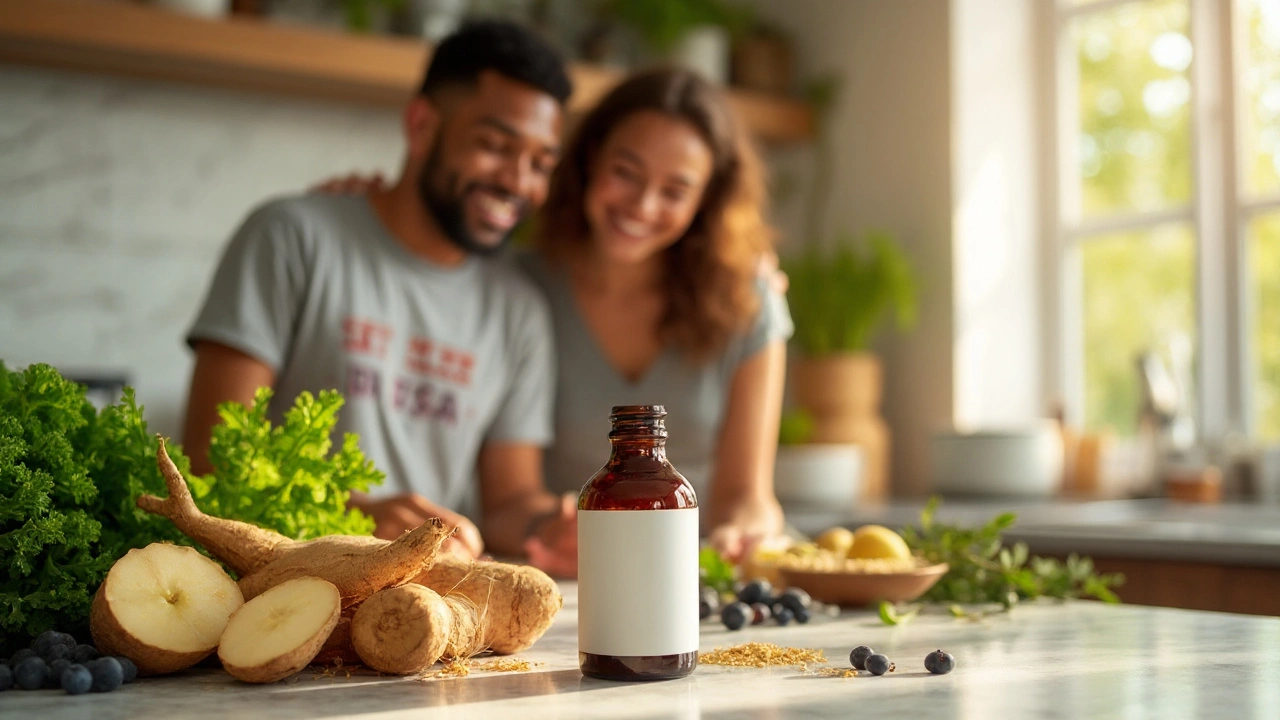Natural Prebiotic: Boost Your Gut the Easy Way
Ever wonder why some foods make you feel lighter, clearer, or just plain better after a meal? That’s often the work of natural prebiotics – the plant fibers that feed the friendly bacteria living in your intestine. Unlike probiotics, which are the live microbes you swallow, prebiotics are the food for those microbes. When you give the good bugs the right fuel, they multiply, crowd out the harmful ones, and keep your digestive system running smoothly.
What Is a Natural Prebiotic?
A natural prebiotic is any nondigestible carbohydrate that reaches the colon intact and is fermented by gut bacteria. The fermentation process produces short‑chain fatty acids like butyrate, which protect the gut lining, reduce inflammation, and even support immune function. You don’t need a fancy supplement to get prebiotics; many everyday foods contain them in handy amounts.
Common types of prebiotic fibers include inulin, fructooligosaccharides (FOS), galactooligosaccharides (GOS), and resistant starch. Each type fuels slightly different bacterial groups, but the overall effect is a healthier, more balanced microbiome. If you’re new to the concept, start by adding one or two prebiotic‑rich foods to your daily meals and watch how your gut reacts.
Best Everyday Sources of Natural Prebiotics
Here are some of the easiest foods to bring into your kitchen:
- Chicory root and dandelion greens – packed with inulin, they’re great in salads or brewed as coffee‑like drinks.
- Bananas (especially slightly green) – the resistant starch in unripe bananas feeds the same bacteria that love whole grains.
- Garlic, onions, leeks, and shallots – these Allium veggies deliver both FOS and inulin, and they double as flavor boosters.
- Whole grain oats and barley – the beta‑glucan fibers act like prebiotics and keep you full longer.
- Jerusalem artichoke (sunchokes) – one of the highest natural inulin sources you can roast or mash.
- Legumes such as lentils, chickpeas, and beans – they provide both resistant starch and GOS.
- Brown rice supplements – if you prefer a powder, brown rice protein powder adds fiber and prebiotic benefits without extra carbs.
Mix and match these foods throughout the day. A simple breakfast oatmeal with sliced banana and a sprinkle of chicory root powder, a lunch salad loaded with onions and dandelion greens, and a dinner side of roasted sunchokes can give you a steady prebiotic supply.
When you’re adding prebiotic foods, increase your intake gradually. Too much fiber too fast can cause gas or bloating, especially if your gut bacteria aren’t used to it. Start with a small portion, like a tablespoon of raw garlic or a half‑cup of cooked lentils, and see how you feel. Pairing with a probiotic supplement or fermented foods such as kimchi can further enhance the balance.
Remember, the goal isn’t to chase a perfect score but to create a habit that supports gut health long term. Natural prebiotics are cheap, widely available, and work hand‑in‑hand with the bacteria already living inside you.
So next time you’re planning a meal, ask yourself: which of these prebiotic power foods can I add? A little tweak now can pay off with better digestion, steadier energy, and a happier gut.
Cassava Supplements: The Next Big Trend in Health & Wellness
Explore why cassava is emerging as a powerhouse ingredient in dietary supplements, its health benefits, sustainability, and how it stacks up against other superfoods.
